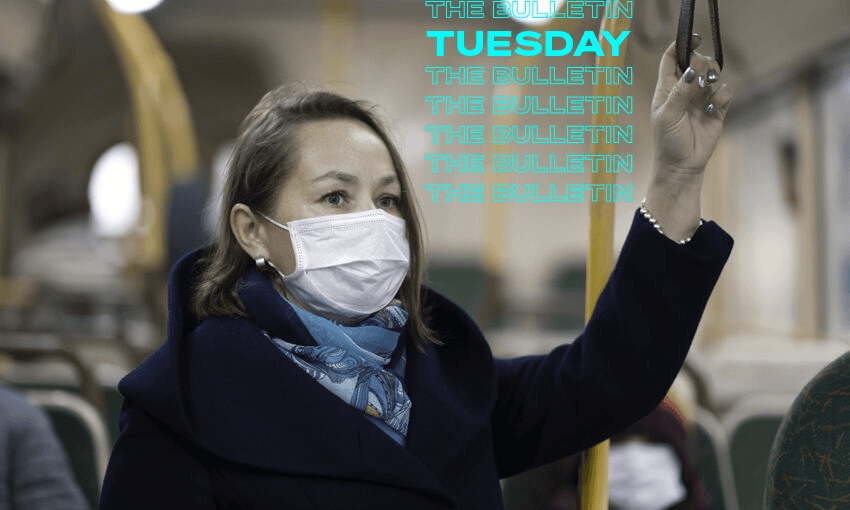Experts say the more transmissible BA.5 omicron subvariant will be the dominant strain in New Zealand in a few weeks and that reinfections in shorter time frames will become the norm, writes Anna Rawhiti-Connell in The Bulletin.
The second omicron wave looks to be here
As Toby Manhire writes on The Spinoff this morning, “whether or not we want to hear it, ‘post-Covid’ is a misnomer.” Manhire looks at the factors driving the resurgence and what we can do about it and has spoken with Covid modelling expert Michael Plank who says, “broadly speaking it is very likely that we are at the start of a wave”. There were 6,498 new infections reported yesterday with experts saying the new wave is being triggered by the BA.5 subvariant which they expect to become the dominant strain in a matter of weeks. Cases have doubled in Tairāwhiti in the last fortnight. The seven-day rolling average of community cases sits at 7,046 up by almost 2,000 from a week ago. Hospitalisations due to Covid are the highest they’ve been since April, when the seven-day rolling average was between 14,147 and 7,413 across the month.
Reinfections likely in shorter time frames
Epidemiologist Michael Baker told RNZ that the surge in infections suggested the next omicron wave was coming and that reinfections within much shorter time frames may become the norm. “You can get reinfected within three weeks, and this is getting very common. Unfortunately, every time you get this virus, you face all the same problems,” he said. The government recently reduced the testing and isolation timeframes for reinfections but has not changed the isolation requirements to match new research that suggests half of omicron cases are still infectious after eight days.
Is a return to red on the cards?
As Newsroom’s Marc Daalder writes, a second omicron wave will pose tough questions for a government eager to put the pandemic behind it. Traffic light settings were reviewed just last week and it was decided we would remain at orange. Daalder questions whether a move to red would make a significant difference, saying rule changes at the highest setting of the traffic light system aren’t that different, beyond a mask mandate in schools and gathering limits of 200 at indoor events. I’d hazard a guess and say that it may not make a difference to the spread of the new variant but any such move would feel highly consequential to New Zealand’s event, hospitality and cultural sectors.
Pfizer and Moderna given nod to work on omicron-specific boosters in US
New Zealand isn’t the only country facing a surge in Covid cases connected to the BA.4 and BA.5 subvariants. The Office for National Statistics (ONS) in the UK estimates that Covid infections there soared by more than half a million in a week at the end of June, driven by the subvariants. Case numbers remain relatively stable in the US but BA.5 accounted for 36.6% of the country’s reported Covid cases for the week ending June 25 with one New York-based epidemiologist calling BA.5 “the most transmissible Covid strain we’ve ever seen”. The Food and Drug Administration’s (FDA) vaccines committee has recently voted to support recommending inclusion of an omicron-specific booster vaccine. Pfizer and Moderna are both developing boosters based on omicron’s BA.1 and BA.2 subvariants.
